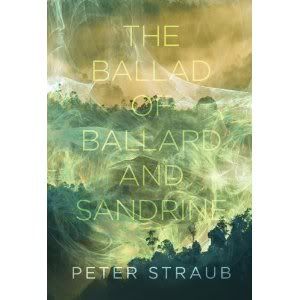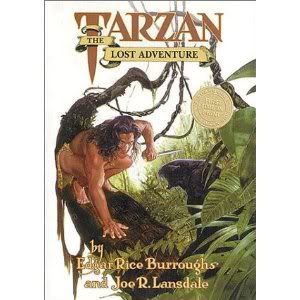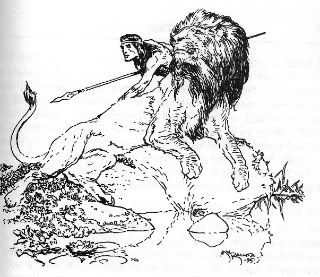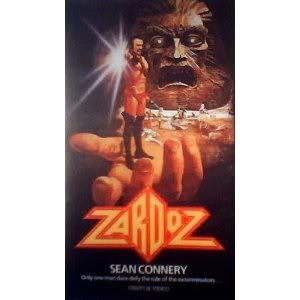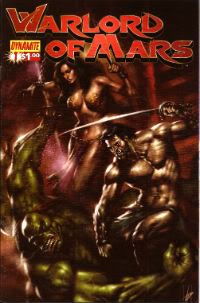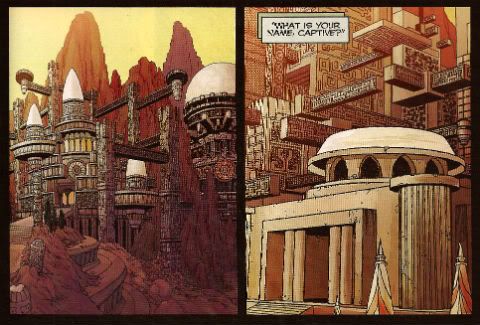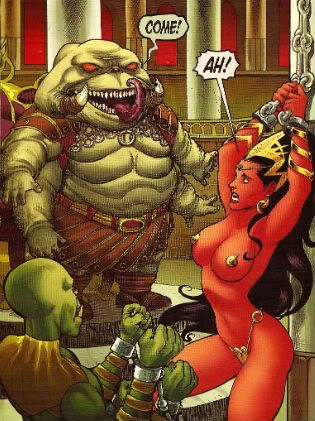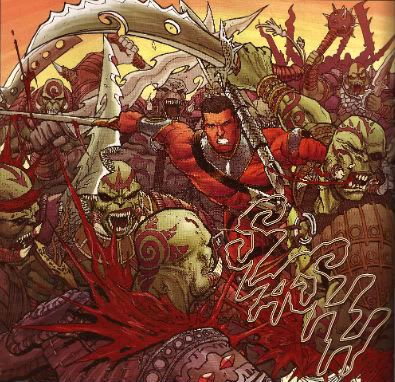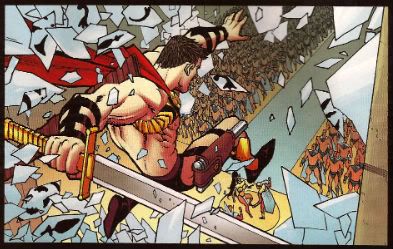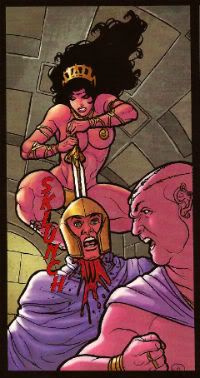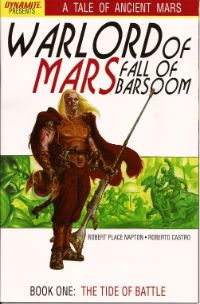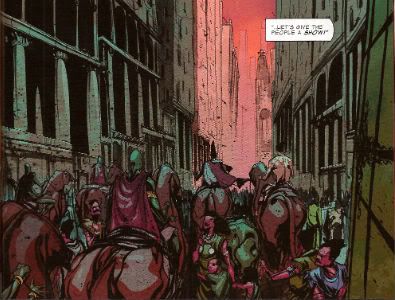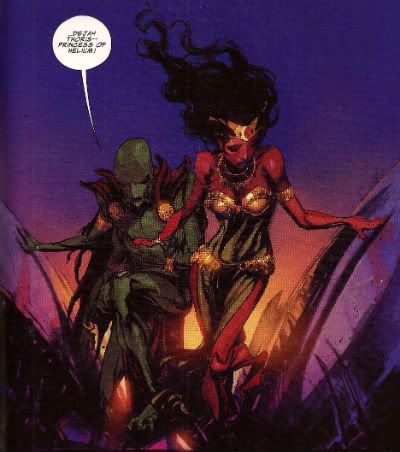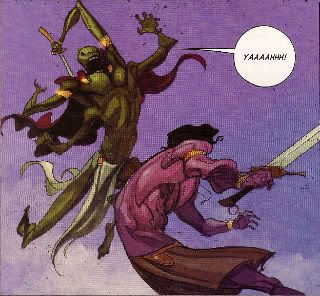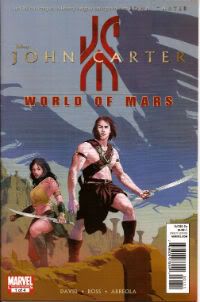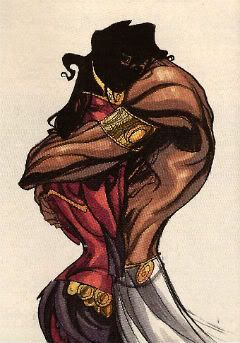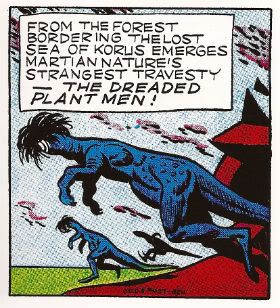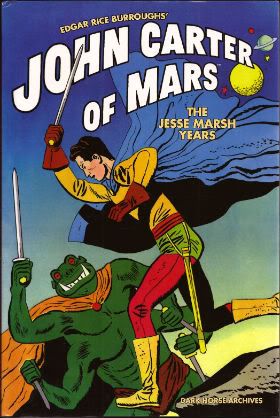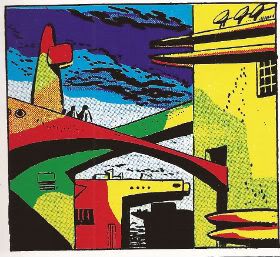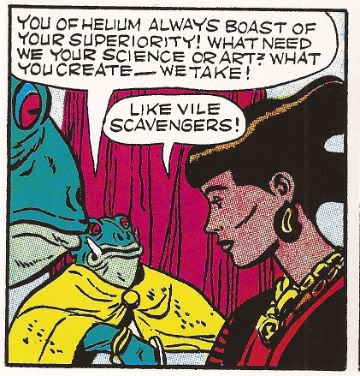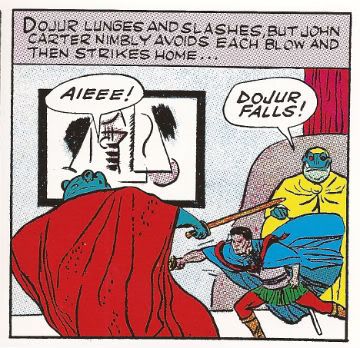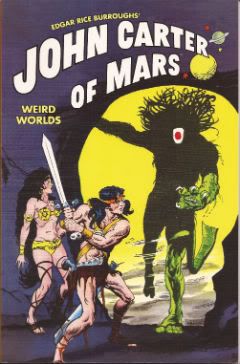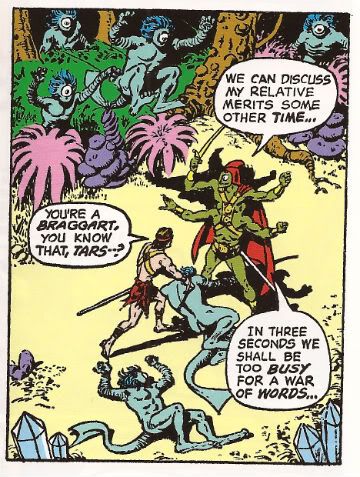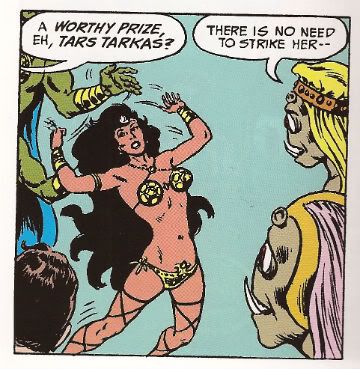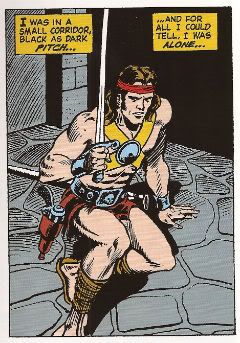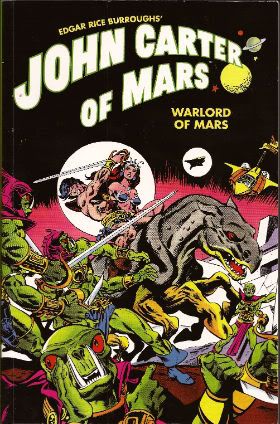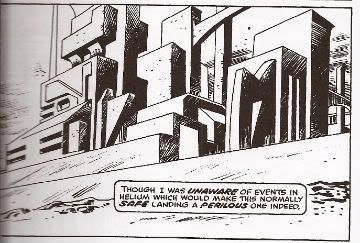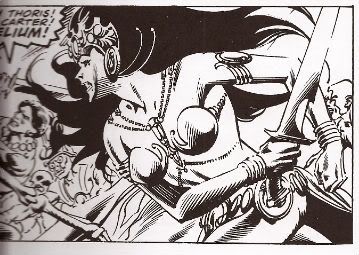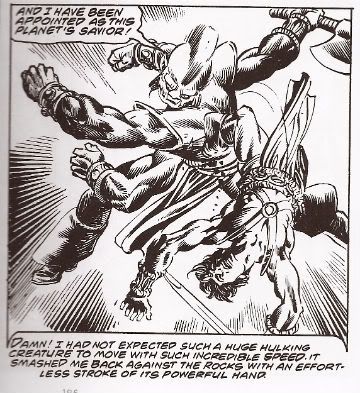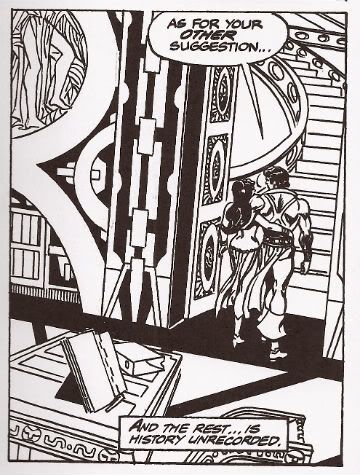"Choke! Gasp!" Not A Podcast! Not Comics! Nothing To See Here. Move Along Now, Please.
/If I recall correctly then this Tuesday the lovable light entertainers Mr. Jeff Lester and Mr. Graeme McMillan will not be with us this evening. Now I know you've all travelled a long way tonight and so, in an effort to avoid rioting, their part tonight will be played by me.
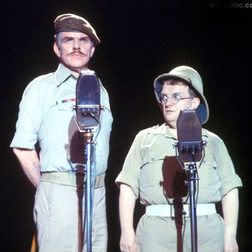
Mr. Jeff Lester And Graeme McMillan In Happier Times.
Not available on iTunes! Uninteresting and self-indulgent free content available only at The Savage Critics!
THE COMPLETE POEMS OF PHILIP LARKIN By Philip Larkin Edited by Professor Archie Burnett 768 pages, Faber and Faber, £40.00 (2012)
As the delightfully demure Mr. Brian Hibbs has pointed out in his past comments comics and poetry share many qualities. He was speaking from a primarily retail perspective because, and I don’t know if he’s ever told anyone this but, that’s what he DOES! I’m no retailer, just a reader but from a reader’s perspective I can tell you that poetry and comics are also like comics. In fact I will tell you.
For starters this particular volume illustrates that poetry, like comics, is always being repackaged and resold. Only last year I bought a Larkin collection and here I am buying another. And the one I bought last time wasn't the first one I’d bought either. Hopefully this will be the last time as, unless the title is a big fat lie, this is a complete collection of verse from the most gifted librarian to be employed by The University of Hull. It should be the last time because the dour genius’ papers have been gone over by academics so thoroughly you’d think they were looking for clues to Lord Lucan’s whereabouts. It should definitely be the last time since Larkin died in 1985 and his output has slackened off somewhat since then.
A fair indication of the completeness of the contents is given by the contents page which lists: The (previously collected)Poems, Other Poems Published In The Poet’s Lifetime, Poem’s Not Published In The Poet’s Lifetime and Updated or Approximately Dated Poems. Unless we’re going to start employing mediums to bring back Poems The Poet Thought About Doing But Didn't then, yes, this should be as complete as it gets. It’s probably going to be as comprehensive as it gets as well since the poems end on p.329 and the rest of the book is composed of Commentary and Appendices where Professor Archie Burnett gets to strut his funky stuff.
Now to fit all that nutritious Knowledge in there and not have the book become even bigger and even pricier one interesting change has been made to the poems. Throughout the book the poems follow directly on from each other. Directly. Now, again like comics, it is quite important how the poem looks on the page. It’s not as important as the content of the poem of course but still the cluttered effect of these pages is a bit unfortunate if necessary. Yes, all across the globe poetry fans will be reading this book and then clustering together to politely but insistently engage in what is basically exactly the same process as comics fans getting aerated over the colouring changes in the new FLEX MENTALLO collection.
So, while the poems are as accessible in their wonderfully disheartening and exhilarating glory as ever the rest of the book is a bit elbow patches and chalk dust. This is just a pissy way of me intimating that I haven’t actually finished the book while at the same time needlessly denigrating the sterling work of Professor Archie Burnett for the sake of a cheap laugh. Sometimes my lack of class appals even me.
It’s The Complete Poems of Philip Larkin so how could it be less than EXCELLENT!
THE BALLAD OF BALLARD AND SANDRINE By Peter Straub 92 pages, Subterranean Press, £15.00 (2012)
From what I can gather for the last few years Straub has been troubled by ill-health and that certainly explains the variable quality in his recent novels and a seeming shift towards the shorter forms of fiction. Which is what this is an example of and that’s just fine because the short form seems to suit Straub best at this stage of the game. Throughout his long career Straub’s early poetic ambitions have informed his fiction via a truly remarkable talent for using the most seemingly innocuous of language to achieve the most devastating of effects. Reading this one was like chatting to a well-groomed scholarly looking type only for him to lean in at the last and whisper something you only barely comprehend but the foulness of which is so evident that it sticks to your brain like shit to a straw mat. Since I’m a bit of an odd bod that made this VERY GOOD!
TARZAN: THE LOST ADVENTURE By Edgar Rice Burroughs and Joe R. Lansdale Illustrations by Studley O. Burroughs, Gary Gianni, Michael Kaluta, Monty Sheldon, Charles Vess and Thomas Yeates Preface by George T. McWhorter 211 pages, Dark Horse Books, £14.99, (1995)
I don’t know about you (I really don’t, sometimes it’s like I don’t even know you) but if I picked up a book in which Joe R. Lansdale completed an unfinished Tarzan fragment left behind by Edgar Rice Burroughs when he died I’d expect one of those prefaces. You know the ones? The ones that are pretty much composed of oleaginous bullshit and make you angry at the waste of your time and the lack of respect shown for the reader’s intelligence. This preface isn't like that. Oh, it wants to be and it tries so hard to be but, seriously, George T. McWhorter is the curator of the Burroughs Memorial Collection and although he tries to hide it it’s clear he clearly don’t cotton none too much to this Joe R Lansdale fella. It’s pretty funny. I mean Mr. McWhorter is trying to be a real sport but, damn, he just can’t hide it. Look at this,
“Mr. Lansdale…met the challenge head on and conquered…the prose reads fluently and the story now has a beginning, a middle, and an end that hold’s the readers attention.”
The switch from “conquered” to a list of quite mundane accomplishments is pretty revealing isn't it? Possibly more so than the bit where he chunters on about Lansdale’s incorrect usage of “pole vault”. Look, he might not have been entirely pleased by the enterprise but Mr. McWhorter’s honesty pleased me. Alas, Mr. McWhorter is clearly no comic fan as he describes luminaries such as Kaluta, Gianni and Yeates who provide illustrations as "competent artists".They are far more than that and the spot illos. and chapter headings they provide are, as ever with these men, things of joy.
As for the story, well, I’m not really up on my Burroughs but I am up on my Lansdale and I can safely say that any Lansdale fan will be pleased as punch with the results. It’s got all the deadpan humour, savage violence and bizarre creatures one could want from the master of modern pulp. I particularly enjoyed the part where Tarzan senses danger and spins round to snatch an arrow out of the air and, without halting his momentum a jot, spins to release it and sends it straight back. It’s a totally implausible moment lent total plausibility by Lansdale’s earthy approach. On the whole though I’d guess Burroughs’ Tarzan wasn't this sarcastic and less people in the original books commented on the fact that he walked about in just his ‘pants’. But it is Tarzan in the jungle doing his jungly thing so I guess, on balance, fans would be pleased, if not entirely satisfied, by the final outing for the vine swinging one. A bit like George T. McWhorter in fact. Me, I like The Lansdale, I like the artists and I like The Pulp so I thought it was GOOD!
Because this is a comics blog I thought what could be more natural than to talk about three Sean Connery films made before most of your parents were even born. This is what you want!
ZARDOZ (1974) Directed by John Boorman Written by John Boorman Starring Sean Connery, Charlotte Rampling, Sara Kestleman and John Alderton
"The Penis is evil!" (Zardoz speaks Truth in the motion picture presentation ZARDOZ.)
The best way to watch ZARDOZ is just to watch ZARDOZ. If at all possible you should have a friend or loved one purchase the film and load it into your player without you even seeing the box. Going in cold will really pay off for the first-time viewer. Messrs Lester and McMillan have already sung this film’s praises on podcasts past so you know it is worth a look. Well, they may not have sung its praises exactly but they pretty much described it as what would happen if Jack Kirby’s NEW GODS was produced by a traumatised adolescent. Actually the best way to watch ZARDOZ is when you are fourteen and your Mum and Dad are asleep and it’s just you, the TV, a box of tissues and a hunting knife. Some people think ZARDOZ is EXCELLENT! Some people think ZARDOZ is CRAP! In the end though it can only be that which it is and it is ZARDOZ!
THE OFFENCE (1972) Directed by Sidney Lumet Screenplay by John Hopkins based on his stage play This Story of Yours Starring Sean Connery, Trevor Howard, Vivien Merchant and Ian Bannen
In 1965 Lumet, Connery, Bannen and Howard delivered the powerfully unsettling film THE HILL. Set in a British army prison in WW2 it’s a B/W masterpiece that drags you in and on to an ending you’ll want, like the camera itself, to look away from. You might want to watch that before this one because as harsh as that one is this one bites. THE OFFENCE is set in the’7os of my frolicsome youth and Lumet’s quietly innovative film accurately depicts that land of vicious banality, sheepskin coats and hastily scoffed fish suppers troughed in newsprint wilting in perpetual drizzle. Connery plays a copper whose soul is so eroded and his self so stained that in his struggle to function he’s become something he can’t even acknowledge from the corners of his thuggish mind. When a child goes missing and a suspect is found an unbearable man will face truths he cannot bear. And outside the rain persists regardless. It’s probably the performance Connery should be remembered for but won’t be because remembering it is painful. If you ‘enjoyed’ David Peace’s knock-a-bout Red Riding Trilogy books then this film is right up your cobbled and un-lit alley. THE OFFENCE is the kind of film that rightly attracts words like blistering, powerful, unforgettable, upsetting and miserable and because I am a regular laughing boy that makes it EXCELLENT!
Hopefully next week Mr. Jeff Lester will have finished scourging his body with a diet consisting solely of bird seed and motor oil and Mr. Graeme McMillan will have stopped hiding from his Mother-in-Law. Or whatever it is they are doing.
Me, I’m done. Time to read some COMICS!!!



